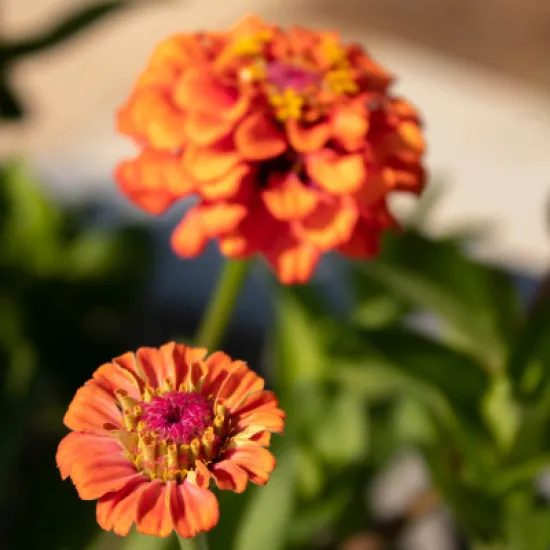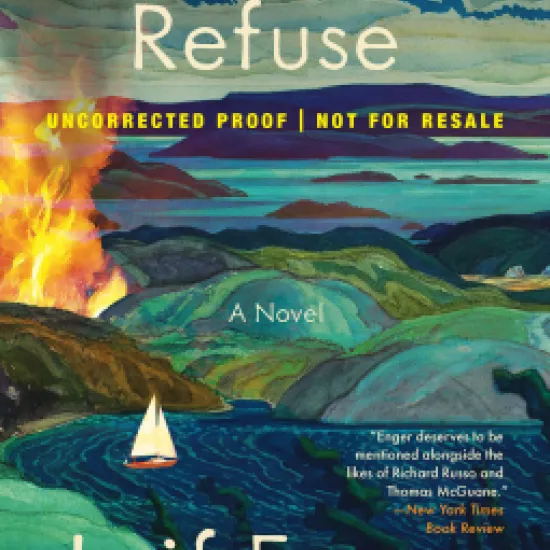- Sarah W.
- Friday, April 16, 2021
April is National Poetry Month, so try creating some poems of your own! Blackout poetry is a low pressure, accessible writing exercise that can result in surprisingly meaningful art. So grab a pencil, a marker, and a newspaper or unwanted book, and get ready to find a poem of your own not by writing words, but by erasing them.
Blackout poetry starts with a previously printed page - a piece cut from a newspaper or magazine, a page from an unwanted book (or sometimes an entire book), a sheet of advertizing - and a poet.
The poet needn't be experienced, confident, or erudite. They need only glance at the page, looking for words they find significant. After choosing the words they wish to keep, they remove the others, covering them with art, collage, or simple black lines.
This form of redacted poetry has a long history.
In the 1760s, Caleb Whitefoord found humorous, coincidental jokes in his newspapers by reading the articles not from the top down, as intended, but from left to right, combining the articles in unexpectded ways.
In 1966, Tom Phillips began work on the Humament, one of the more well-known works of blackout art. He purchased an inexpensive Victorian novel and over a period of decades created multiple, altered editions of his creation.
Others who have created blackout poetry include Mary Ruefle, Janet Holmes, Will Ashford, Tristan Tzara, Jochen Gerner, and hundreds, if not thousands, of poets easily found online but not famous. This art form truly belongs to everyone!
Blackout poetry shares characteristics with found poetry, when writers reframe text or change spacing to create new meaning in the words they have found, thus creating a new piece of art or incorporating it into a longer work. Poets who have incorporated found text into their poetry include William Carlos Williams, T. S. Eliot, and Ezra Pound.
More recently, Austin Kleon worked through a case of writer's block by cutting pieces from the New York Times, looking for words and phrases he liked, and blacking out the rest of the page with a marker. Kleon's works were my own introduction to blackout poetry, and I had to try making some of my own. I have since used the techniques in programs for many ages at the library, and encourage you to give it a try today. Take a look at the process here:
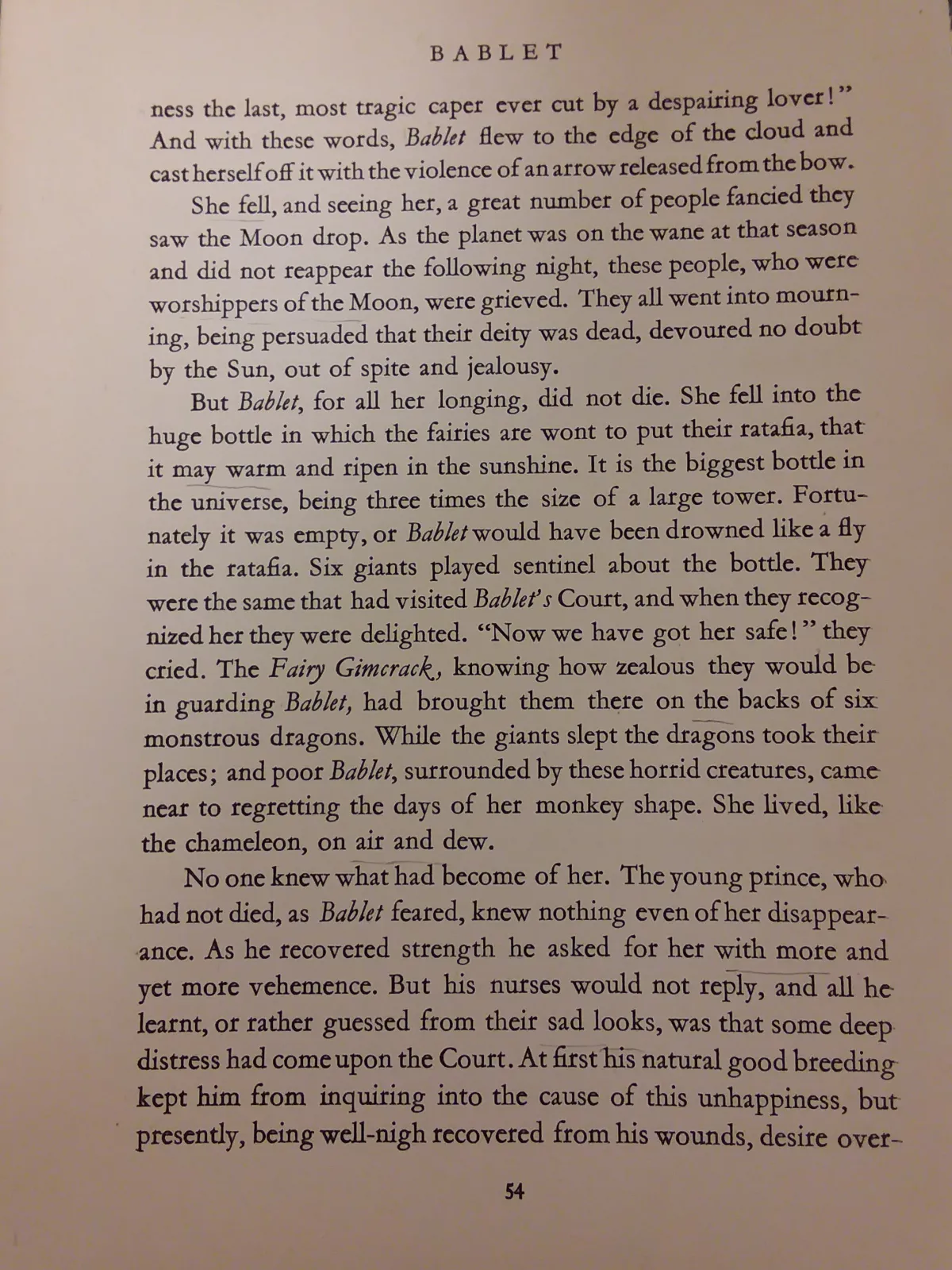
I chose a page from a vintage, water damaged book of fairy tales, and began to glance at the words on the page. I didn't read the page for meaning, but read words out of order, looking for some that caught my attention. I began to lightly underline the ones I considered keeping.
Sarah Westeren
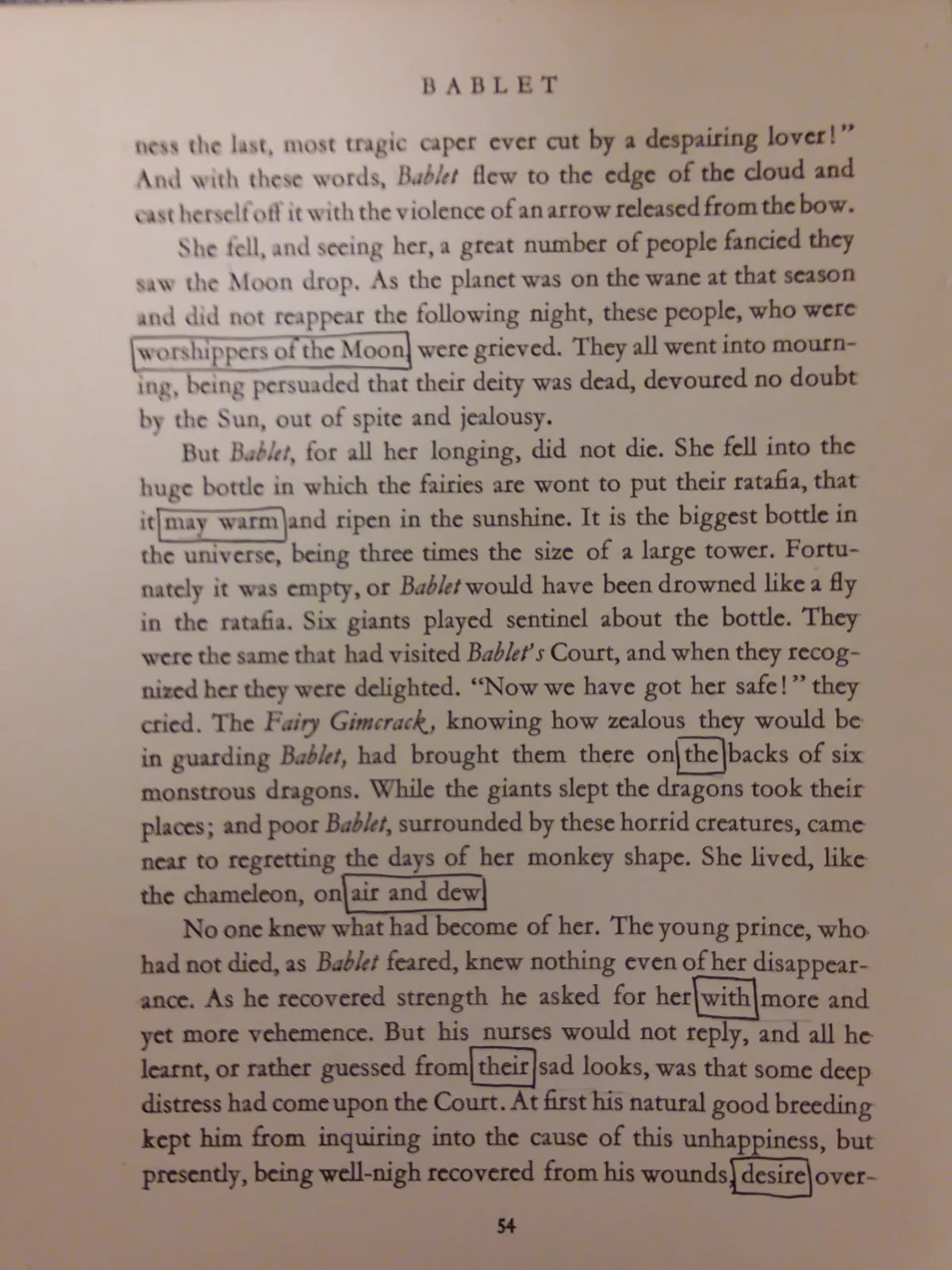
As I became certain which words I was keeping for my poem, I outlined them in black marker.
Sarah Westeren
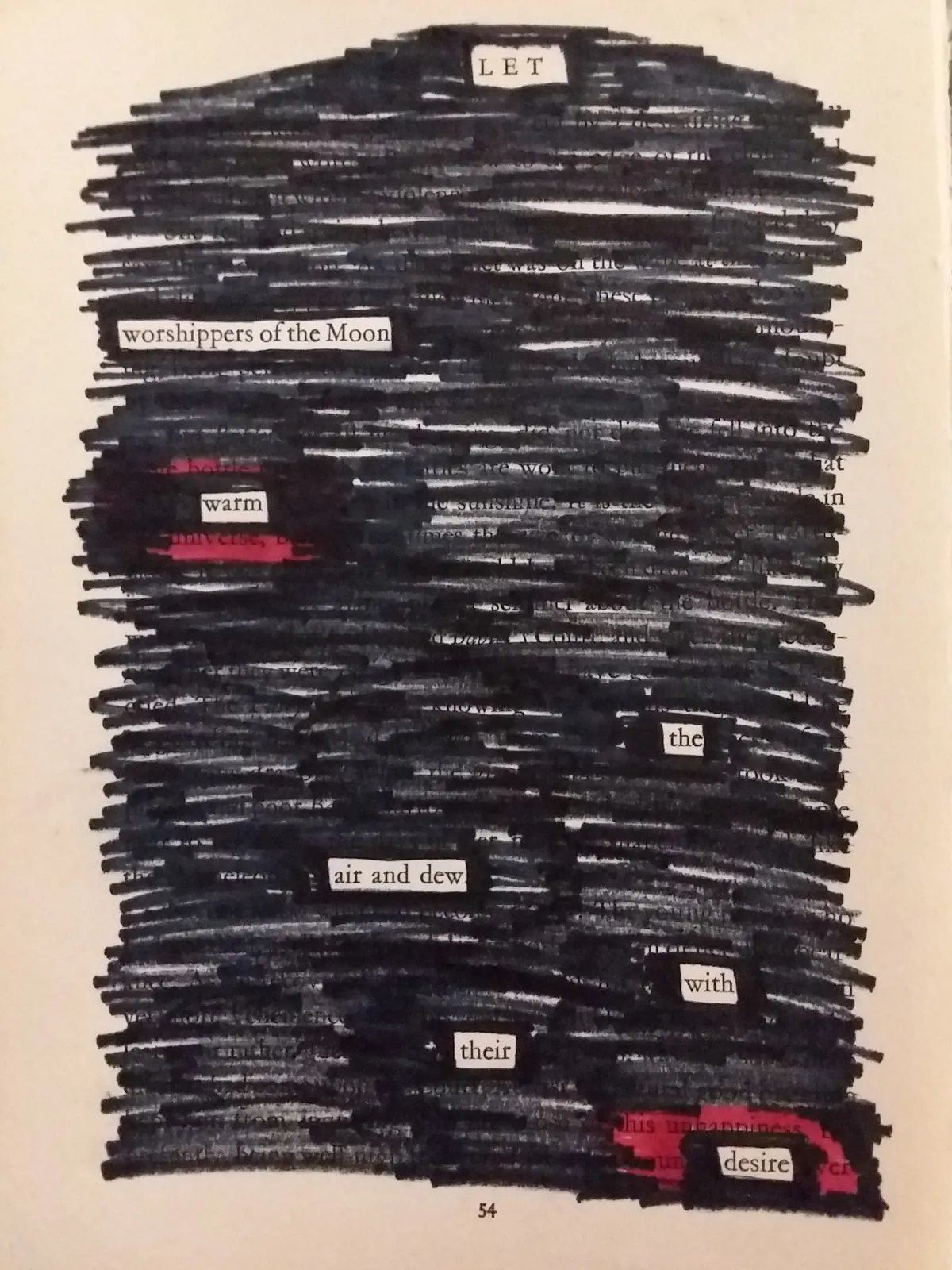
Finally, I began to cover the remaining words with marker, leaving behind only my own chosen poem. I made final alterations, including a pop of red marker that left glimpses of several words. The final poem reads,
Let
worshippers of the Moon
warm the air and dew
with their desire
Sarah Westeren
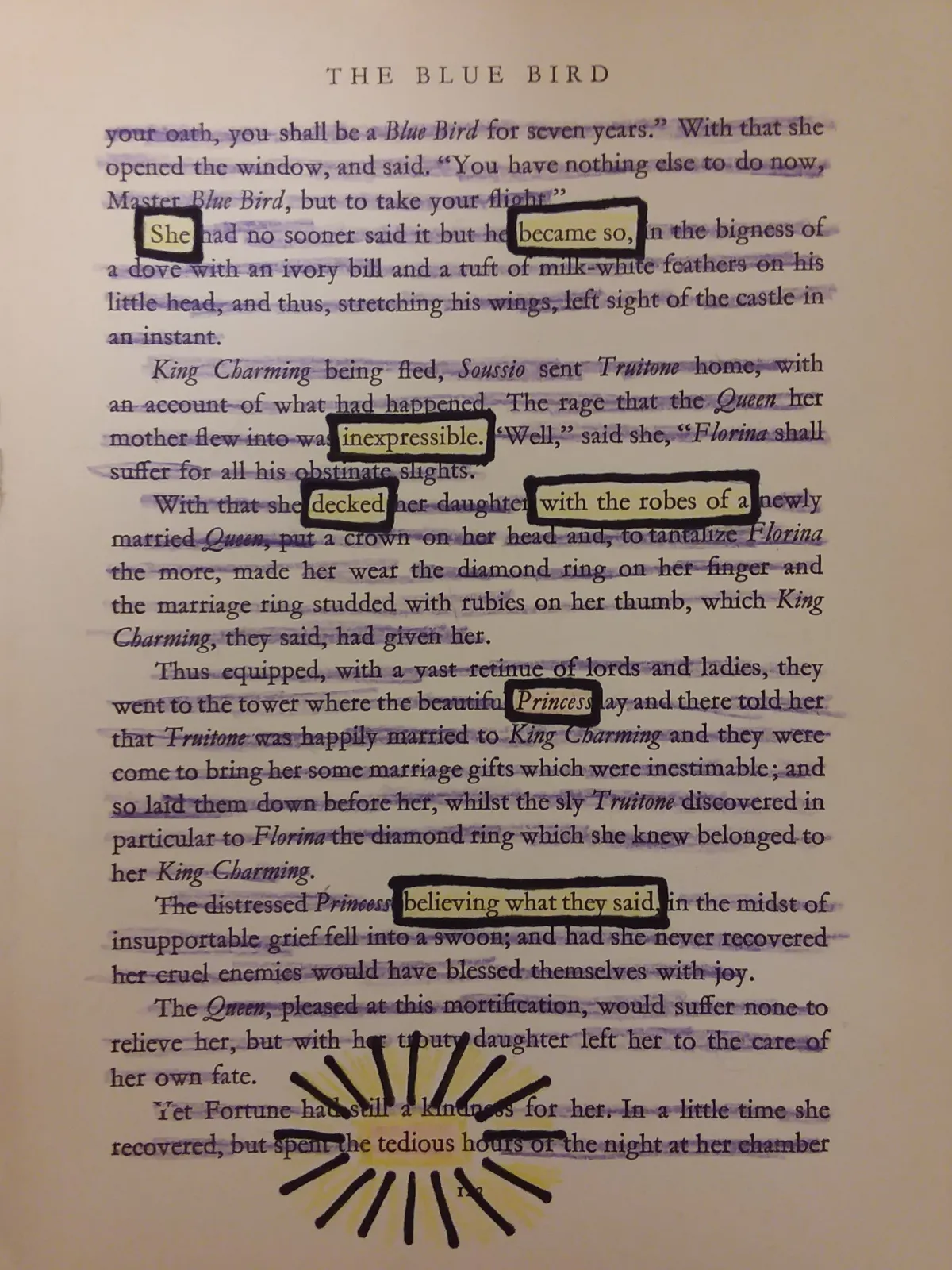
Here's an additional poem I created during a workshop for children. It reads,
She became
so inexpressible
decked
with the robes
of a Princess
believing what they said
TEDIOUS
Sarah Westeren
I hope you will take this opportunity to try blackout poetry, then visit Richland Library for more ideas for creative living.
